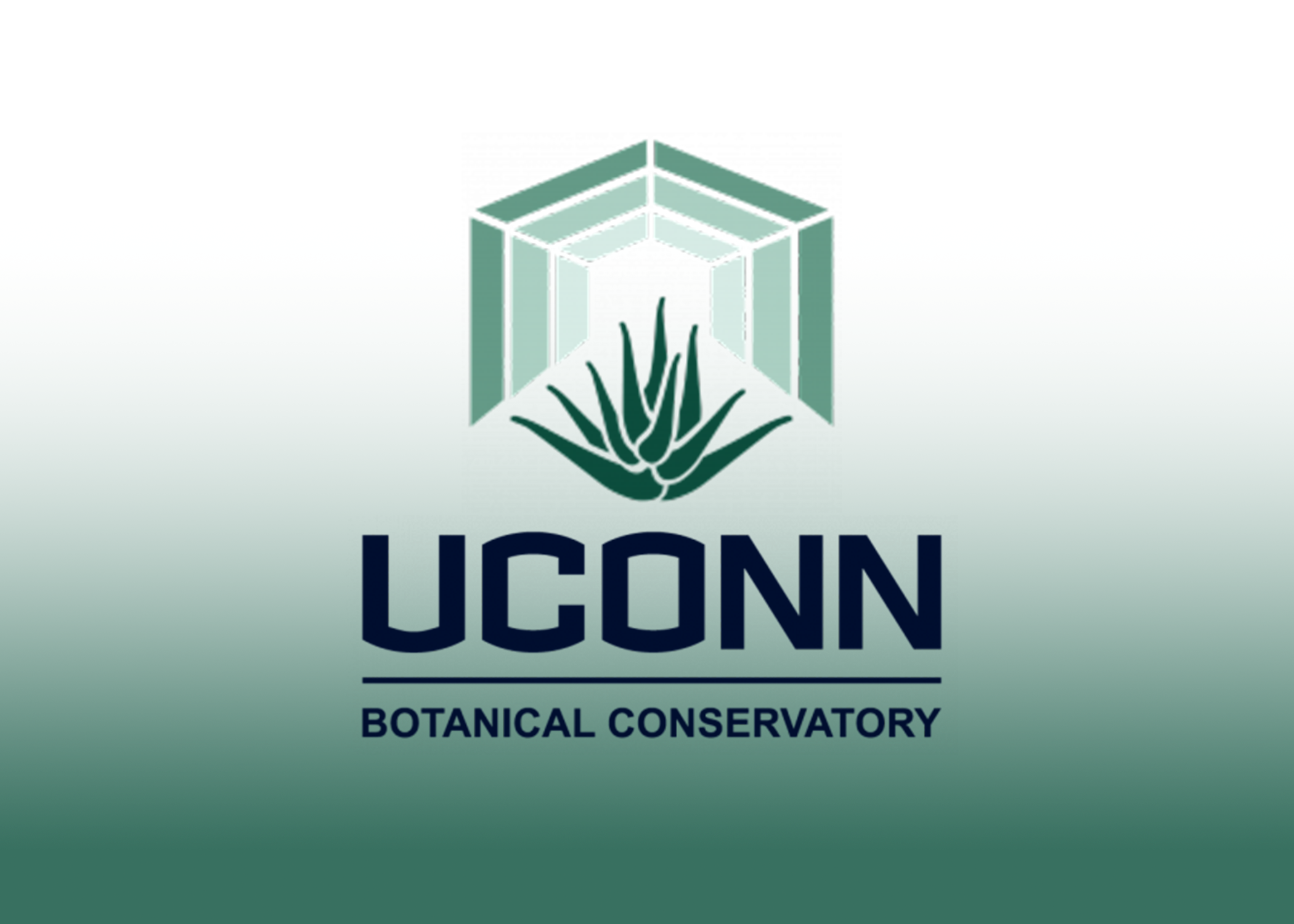Accession Data
Ceratopteris pteroides
Common Name: Water Fern, Floating Fern
Family: Pteridaceae
Country of Origin: Florida to Brazil
Description: Sterile fronds up to 10 inches long, with blades broadly triangular in outline and little longer than wide. They are divided one to three times into triangular lobes and have short leafstalks decidedly swollen at heir middles. The fertile fronds are up to 1 1/4 feet in length and deeply divided once to three times into slender segments.
These quite fleshly-leaved water ferns float free of root in the mud. They consist of rosettes of two distinct kinds of fronds (leaves), spreading sterile once to three times pinnately-lobed, and more erect fertile ones twice to four times pinately-lobed with the ultimate divisions much narrower than those of the sterile fronds. The margins of fertile fronds are rolled under and protected and practically hide the lines of sporangia (sporebearing organs). In appearance the plants vary considerably depending upon whether they are under water, floating or rooted in mud. When not immersed they commonly produce young plantlets freely along the margins of the sterile fronds.
Uses: They are cultivated to ornament pools and aquariums, and in parts of the tropics are eaten as salads. Although described as annuals, they are often perennial in cultivation. The name is from the Greek keras, a horn, and pteris, a fern, and refers to the hornlike lobing of the sterile fronds.
Accession Data
Accession #: 151
Accession Date: -0001-11-30 00:00:00
Bloom Status: 🪴 Not Flowering
Source: UMass - Amherst
Culture: They need hot, humid conditions and thrive in tropical greenhouses and in aquariums where water temperature of 68 to 70 F degree can be maintained, and the atmosphere humid. They prefer slightly acid soils and water and under favorable conditions make very rapid growth. Because of the vigor, when grown submersed in aquarium it is usually best to plant them in a relatively infertile medium such as unwashed river sand mixed with a little unfertilized soil. In greenhouses, and outdoor in warm climates, they may be planted in mud at waterside or floated without attachment to soil. Bright light with a little shade from strong sun produces the best results, but these plants can be grown with artificial illumination only. Where light is not intense the older plants dies in winter, but small plantlets that develop on their leaves can usually be brought through satisfactorily.
Classification
Division: Ferns
Class: Polypodiopsida
Subclass: Polypodiidae
Order: Polypodiales
SubOrder: Pteridinae
Family: Pteridaceae
SubFamily: Parkeroideae
References
Images
